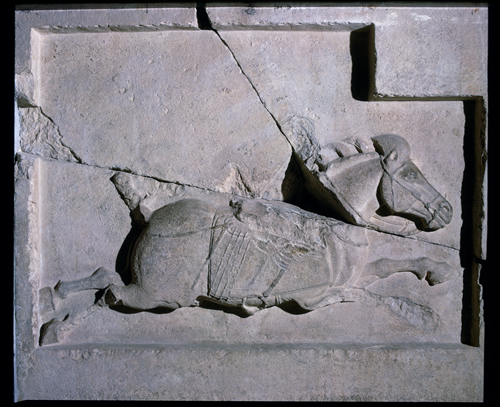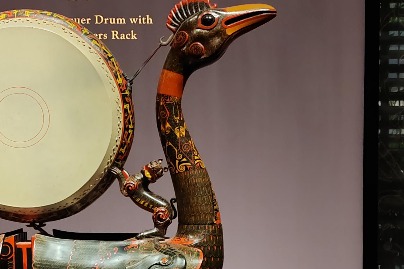Xi’an Beilin Museum

Xi’an Beilin Museum
西安碑林博物馆
Address: 15 Sanxue Street, Beilin district, Xi’an, Shaanxi province
Hours:
8:00-18:30, 1 March - 30 November (Last ticket sold at 17:45)
8:00-18:00, 1 December - February (Last ticket sold at 17:15)
8:00-19:00, 1 July - 31 August (Last ticket sold at 18:15)
Closed on the last day of the Chinese lunar year
General admission:
65 yuan ($11), 1 March - 30 November
50 yuan, 1 December - February

Known as the largest and most spectacular “stone-book warehouse”, the Xi'an Beilin Museum (Stele Forest Museum) is a treasure trove of calligraphic arts, in which visitors can fully experience Chinese culture, particularly its penmanship. The museum, made up of the Confucius Temple, the Forest of Steles, and the Hall of Carved Stones, has an area of 31,900 square meters. It mainly displays ancient works of steles, historical records, and stone carvings from the Han Dynasty to the Qing Dynasty (206 BC-220 AD).
The museum is popular among those interested in traditional Chinese calligraphy. There are six galleries, seven showrooms, and eight stele pavilions set for visitors. The bulk of the museum’s collection is made up of extant stone steles that not only have historically significant carvings but also bear the calligraphy of ancient China's most acclaimed masters.
The Hall of Carved Stones is divided into two parts: the stone inscription of the mausoleum and the Buddhist statues. In one of the halls, four stone horse reliefs are hung on a dimly lit wall. They are four of the well-known "Six Steeds of the Zhao Mausoleum "commissioned by the Taizong Emperor (r. 627-649)of Tang for his own tomb - the Zhao Mausoleum. Today, only these four reside in China. The other two reliefs are housed in the Penn Museum in the United States.
The Confucian Temple was relocated from a nearby site in 1087, during the late years of the Northern Song Dynasty (960-1127). It has preserved most of the buildings and structures from the Ming and Qing dynasties, such as grand arches, classic Pan-chi (unique structure named after an ancient pond), and the majestic Gate of Lingxing and Gate of Ji.
Last Updated: Dec 07, 2018




